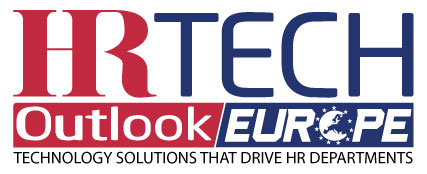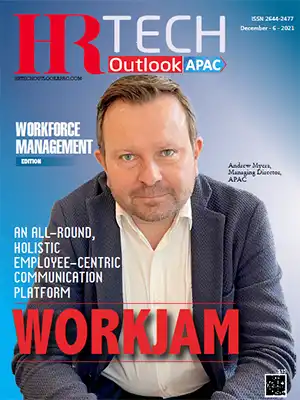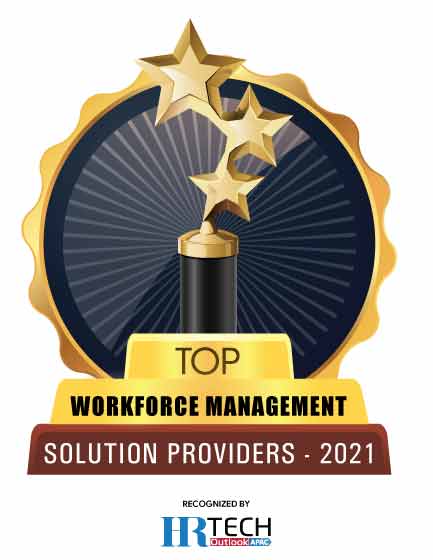Workforce management has evolved into a necessary business strategy. Driven by the outbreak of Covid-19 and facilitated by technology, the business leaders, entrepreneurs, managers are redesigning workforce management and embracing new strategies to improve ways of working. Every organization’s focus is on creating value, making an impact, and increasing workflow productivity. The future of workforce management is restructured by recent tech innovations in robotic process automation, artificial intelligence, and machine learning. These can be helpful in identifying enterprise skill gaps, removing bias in talent acquisition and recruitment. Workforce management software is designed to help managers plan, track and manage every aspect of employee operation. The technological advancements can be an important source for maintaining and tracking employee productivity, workforce effectiveness, and employee engagement.
Enterprises are in dire need of pivoting to skill-based workplace transformation and hiring candidates who are quick at learning new skills. Today, employees are looking forward to better ways of working flexibly. Starting from managing the workforce to retaining the suitable candidates fit for the firm, every task can be enhanced with the right technology. Focused on helping companies maximize the performance of their employees, such management skill helps them to reach their predefined goals. Further, effective workforce management comprises time and labor management, absence management, and health and safety. The result is an engaged, productive, and connected workforce eager to contribute to organizational success.
We present to you HR Tech Outlook APAC’s “Top 10 Workforce Management Solution Providers – 2021,” supporting players to best navigate through the many products that exist today. The magazine also contains insights from professionals in the sector on industry trends, challenges, and innovations.


















